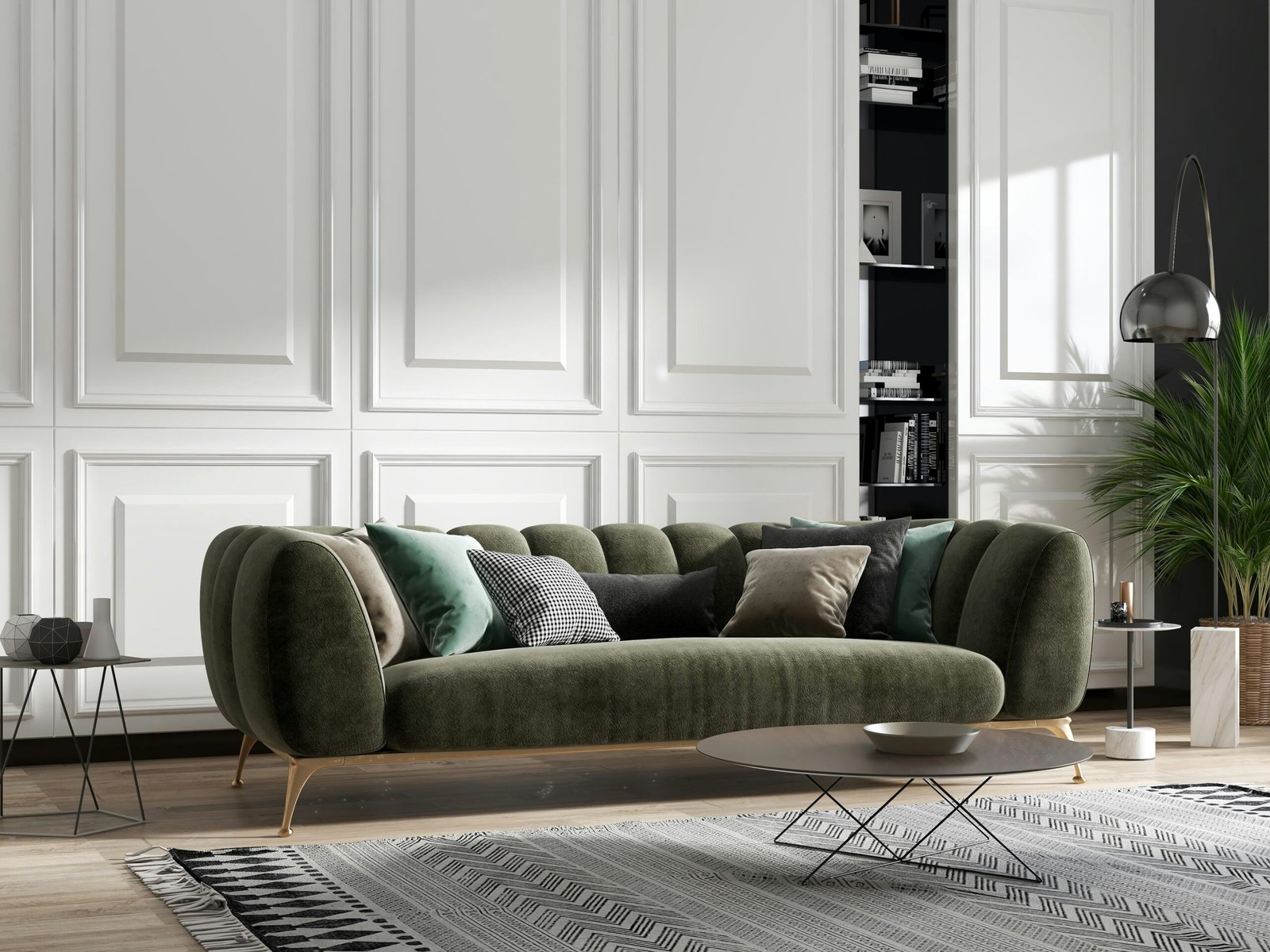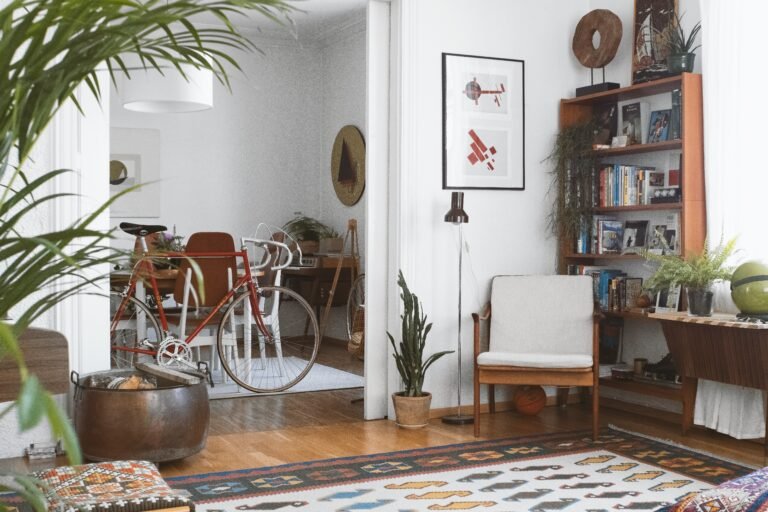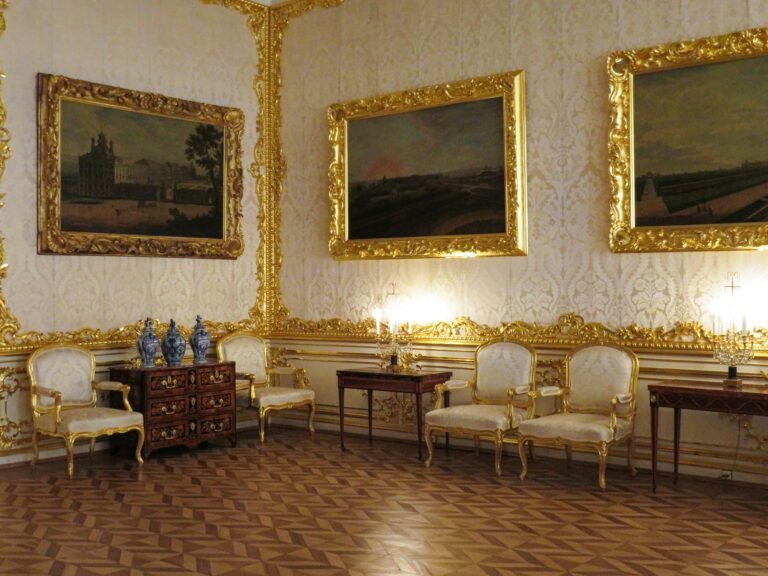I’ve always believed that a home should feel both rooted in tradition and alive with modern energy. That’s exactly what it means to balance classic and modern home design, creating spaces that honor timeless elegance while embracing contemporary comfort. The result is a home that never feels outdated yet also avoids being overly trendy.
In today’s world of interior design, many homeowners face the same challenge: how do you achieve a timeless interior design that reflects personal taste but also has long-lasting appeal? The secret lies in combining the warmth and sophistication of classic design with the clean lines and freshness of modern style.
In this guide, we’ll explore how to merge these seemingly opposite worlds into one harmonious look. From colour palettes and furniture choices to materials, textures, and lighting, I’ll share practical strategies, expert-backed advice, and some of my own experiences. By the end, you’ll have a clear roadmap for creating interiors that feel elegant, comfortable, and effortlessly balanced.
What Makes Classic and Modern Styles Different and How They Can Complement Each Other
When trying to balance classic and modern home design, it helps to first understand what sets these two styles apart. At first glance, they may seem like complete opposites, but when combined thoughtfully, they create a timeless interior design that feels both familiar and refreshing.
Classic Style
Classic interiors are rooted in tradition, often inspired by European design and historic architecture. According to Homes & Gardens, hallmarks of this style include:
- Ornate moldings and trim work
- Symmetry and balance in room layouts
- Warm, rich colour palettes with refined neutrals
- Luxurious materials like marble, wood, velvet, and silk
- Furniture with curved lines and decorative detailing
The result is a space that feels elegant, grounded, and enduring.
Modern Style
Modern interiors focus on simplicity, functionality, and clean design. As explained by Architectural Digest, key features include:
- Open layouts that maximize space and light
- Neutral colour schemes often paired with bold contrasts
- Minimal ornamentation and clutter-free surfaces
- Materials like glass, steel, and concrete
- Furniture with sleek lines and geometric forms
This style creates a fresh, airy atmosphere that emphasizes comfort and usability.
Where Classic and Modern Overlap
Although their aesthetics differ, both styles share qualities that make them natural partners when balanced correctly:
- Attention to proportion and scale: Both value furniture and layouts that suit the room.
- Commitment to quality: Whether it’s a hand-carved table or a modern designer chair, durability matters.
- Focus on comfort: Despite stylistic differences, both prioritize livable, welcoming spaces.
When combined, the richness of classic design softens the sleekness of modern interiors, while modern simplicity prevents traditional elements from feeling heavy or dated. The result is a modern classic home decor style that blends history with innovation.
Key Principles to Balance Classic and Modern Home Design
Designing a timeless interior design means bringing together the best of both worlds—classic richness and modern simplicity. Below are the principles I recommend following to achieve harmony.
Start with a Neutral Colour Palette
Colour is the foundation of any room. A neutral base ensures that classic and modern elements can coexist without clashing.
- Use soft shades like white, cream, beige, and warm gray for walls and large furniture.
- Add depth with accent tones—navy, forest green, or muted jewel colours.
- Keep transitions between rooms smooth with a consistent palette.
As Better Homes & Gardens explains, neutral colours provide a timeless backdrop that makes layering styles easy.
Mix Materials and Textures
One of the most effective ways to balance styles is through thoughtful layering of materials.
- Pair classic textures such as wood, velvet, and linen with modern finishes like glass, steel, and matte paint.
- Add contrast by mixing smooth surfaces with tactile fabrics, think a sleek glass coffee table next to a velvet sofa.
- Use area rugs, cushions, and throws to soften minimal modern rooms with warmth and comfort.
According to Elle Decor, blending textures is a proven way to achieve a well-rounded interior.
Choose Furniture That Bridges Both Worlds
Furniture selection often determines whether a space feels harmonious or disjointed.
- Invest in pieces with classic silhouettes like a tufted sofa or carved dining table reinterpreted in clean, modern fabrics and finishes.
- Limit ornate items to one or two statement pieces; balance them with simpler, modern furnishings.
- Scale is essential: lighter modern chairs can offset heavier traditional furniture.
For inspiration, Decorilla highlights how modern classic home decor blends iconic pieces from different eras.
Incorporate Architectural and Decorative Classic Elements
Classic architectural details ground your design and create character.
- Crown moldings, wainscoting, ceiling medallions, and arches can bring subtle elegance.
- Keep them fresh with neutral paint so they complement modern furniture.
- Built-ins and cabinetry with paneled details can provide storage while maintaining a timeless look.
As noted by HGTV, traditional detailing is becoming popular again because of its ability to add depth and charm.
Strategically Apply Modern Decorative Details
Modern accents are like the “spark” that keeps a room feeling current.
- Lighting: minimal chandeliers, sculptural floor lamps, and sleek pendants instantly update a space.
- Art: bold abstracts or geometric prints contrast beautifully against traditional backdrops.
- Hardware: matte black, brushed brass, or chrome finishes can modernize cabinetry and doors.
Architectural Digest emphasizes how modern lighting alone can completely transform a room’s mood.
Maintain Balance Through Proportion, Scale, and Less Is More
Balance is about editing as much as adding.
- Avoid overcrowding, let each piece have room to breathe.
- Use symmetry in key areas, a hallmark of classic design, then disrupt with an asymmetrical modern touch for energy.
- Always consider room size before introducing large furniture; modern minimalism can help lighten heavy traditional pieces.
As Real Simple notes, proportion and scale are universal rules that ensure a cohesive look.
Bring in Pattern and Traditional Motifs Sparingly
Patterns can nod to tradition without overwhelming your design.
- Use stripes, plaids, or damask in small doses – on cushions, rugs, or drapery.
- Choose timeless options for bigger features: subway tiles, herringbone wood floors, or geometric wallpaper.
- Layer pattern with restraint so the room feels elegant, not busy.
According to Bless’er House, the most timeless interiors use pattern thoughtfully, not excessively.
Room-By-Room Tips
Applying the principles of how to balance classic and modern home design can look different in each room. Below are tailored ideas for the most important spaces in your home.
Living Room
The living room is often the centerpiece of a home, making it the perfect place to experiment with modern classic home decor.
- Highlight architectural details like fireplaces, moldings, or large windows. If your home doesn’t have them, add built-ins or trim for instant character.
- Combine a classic sofa or armchairs with sleek modern side tables or metal-framed coffee tables.
- Anchor the space with a neutral rug and layer in accent cushions for warmth.
- Use layered lighting: a chandelier with a traditional shape paired with modern floor lamps creates depth.
House Beautiful offers inspiration on how small changes can transform living spaces without overwhelming them.
Kitchen and Dining
Kitchens are functional at heart, but that doesn’t mean they can’t achieve a timeless interior design.
- Select cabinetry in a classic style like shaker or raised-panel, then update it with modern handles or minimalist hardware.
- Use natural stone or marble for countertops and backsplashes; balance with sleek appliances and modern lighting.
- In the dining area, a classic wooden table can be complemented by modern chairs in metal or upholstered fabric.
- Pendant lights over the kitchen island are an opportunity to bring in sculptural, contemporary shapes.
According to Forbes Home, mixing traditional craftsmanship with modern function creates a look that is both stylish and durable.
Bedroom
Bedrooms benefit from serenity, making the balance of styles particularly powerful here.
- Choose a classic bed frame or tufted headboard, but keep bedding crisp and minimal.
- Introduce soft drapery in traditional fabrics like linen, but keep hardware sleek and understated.
- Blend bedside tables—perhaps one traditional wooden piece with a modern lamp on top.
- Keep the colour palette neutral and calming, reserving bolder patterns for small accents.
Sleep Foundation notes that a well-designed bedroom should support relaxation and balance, making this mix especially effective.
Bathrooms and Utility Spaces
Even smaller rooms can benefit from thoughtful style blending.
- Stick to classic vs contemporary decor choices like subway tile or marble flooring, paired with minimalist faucets.
- A gilded or framed mirror above a modern vanity provides an elegant focal point.
- Use neutral palettes with small pops of colour through towels or accessories.
- Add recessed lighting or modern sconces to brighten the space while keeping fixtures simple.
As HGTV highlights, mixing traditional tile work with modern fixtures creates bathrooms that are both functional and stylish.
Common Pitfalls to Avoid When Trying to Blend Styles
Even with the best intentions, it’s easy to go wrong when trying to balance classic and modern home design. Here are the most common mistakes to watch out for and how to avoid them.
Overdecorating
One of the fastest ways to lose cohesion is by overcrowding your space. Classic design leans toward ornate details, while modern design emphasizes minimalism. Combining too much from both worlds creates chaos rather than harmony.
- Choose one or two standout pieces with character.
- Let other furniture and decor be simpler to provide breathing space.
- Negative space is as important as filled space.
As Real Simple reminds us, editing decor is just as crucial as selecting it.
Chasing Every Trend
Modern interiors evolve quickly, but following every new trend makes your design feel dated within a year or two. A timeless interior design relies on enduring elements, with trends sprinkled in sparingly.
- Invest in high-quality foundational pieces.
- Add trends through smaller accents like cushions, throws, or artwork.
- When trends fade, you can update accessories without overhauling the whole room.
Elle Decor advises using trends selectively to keep interiors current but grounded.
Ignoring the Architecture
A common mistake is fighting against your home’s natural architecture. For example, forcing ultramodern furniture into a Victorian townhouse can look jarring, while heavy classic decor in a minimalist loft feels out of place.
- Work with your home’s bones, not against them.
- Embrace features like beams, arches, or large windows instead of covering them up.
- Use your architecture as the anchor, then balance it with complementary styles.
As Architectural Digest notes, honoring a building’s character is key to a cohesive interior.
Mixing Too Many Styles at Once
Blending classic and modern can look chic, but adding too many other aesthetics (boho, industrial, farmhouse) dilutes the effect. Instead, stick to two main influences and let them shine.
- Start by defining your dominant style (classic or modern).
- Layer the other style in as a complement, not an equal competitor.
- Limit other aesthetics to small accents if desired.
Better Homes & Gardens stresses the importance of focus when mixing design styles.
Why This Balance Yields a Timeless Interior Design
When you successfully balance classic and modern home design, the result is more than just a beautiful room, it’s a home that feels enduring, adaptable, and deeply personal. Here’s why this approach works so well.
1. Longevity and Value
Classic elements like solid wood furniture, stone floors, or traditional moldings never really go out of style. Pairing them with modern finishes ensures your interior looks current while staying rooted in quality craftsmanship. This combination not only enhances daily living but can also boost resale appeal.
As Forbes explains, homes that emphasize timeless design hold their value better because they avoid looking dated.
2. Emotional Comfort
Classic design carries with it a sense of heritage, warmth, and familiarity, while modern design provides clarity, openness, and calm. Together, they create an environment that feels both comforting and refreshing.
I’ve found that spaces blending the two are the ones guests describe as “inviting yet sophisticated”, a balance that’s hard to achieve with either style alone.
3. Flexibility to Evolve
One of the greatest strengths of this approach is adaptability.
- Classic foundations mean you don’t need to remodel constantly.
- Modern accents—like lighting, art, or hardware—are easy to update.
- This allows you to refresh your home every few years without major renovations.
According to House Beautiful, timeless interiors remain relevant because they leave room for evolution.
4. Sustainable Living
Timeless interiors are inherently more sustainable because they reduce waste. By investing in durable classic pieces and updating only smaller modern details, you avoid the cycle of replacing entire rooms just to keep up with trends.
Sustainability experts at Dezeen highlight that longevity in design is one of the most eco-friendly choices homeowners can make.
Conclusion
Blending two seemingly opposite design styles might feel intimidating, but when you balance classic and modern home design thoughtfully, the outcome is a home that never feels outdated or overdone. By using neutral colour palettes, mixing textures, choosing furniture that bridges eras, and respecting your home’s architecture, you create a foundation that is timeless and adaptable.
From my own experience, the interiors I’ve loved the longest are those that respect tradition while embracing the present. They feel warm, practical, and stylish without constantly chasing the next big trend. That’s the power of a timeless interior design, it evolves gracefully with you.
If you’re planning to refresh your home, start small: swap out lighting, try a neutral rug, or mix a modern chair with a classic table. You’ll be surprised at how these changes instantly shift the atmosphere, making your home feel balanced and enduring.
In the end, the goal isn’t to choose sides between classic or modern, it’s to let them work together, creating a home that reflects both your personality and a sense of lasting beauty.
Frequently Asked Questions
Alex is the creator of Homely Haven, a space dedicated to simple, stylish ideas for interiors and gardens alike. With a passion for cozy living rooms, inviting outdoor spaces, and practical DIY solutions, Alex shares tips and guides that help turn any house into a true home.
From budget-friendly decorating hacks to weekend garden projects, the goal is always the same: to inspire you to create spaces that feel personal, beautiful, and welcoming. When not writing, Alex is usually rearranging furniture, sketching new garden layouts, or exploring design trends for the next project.








